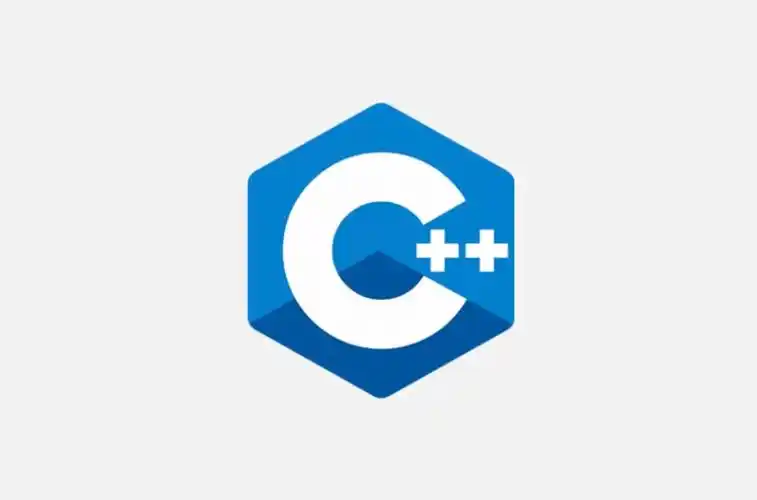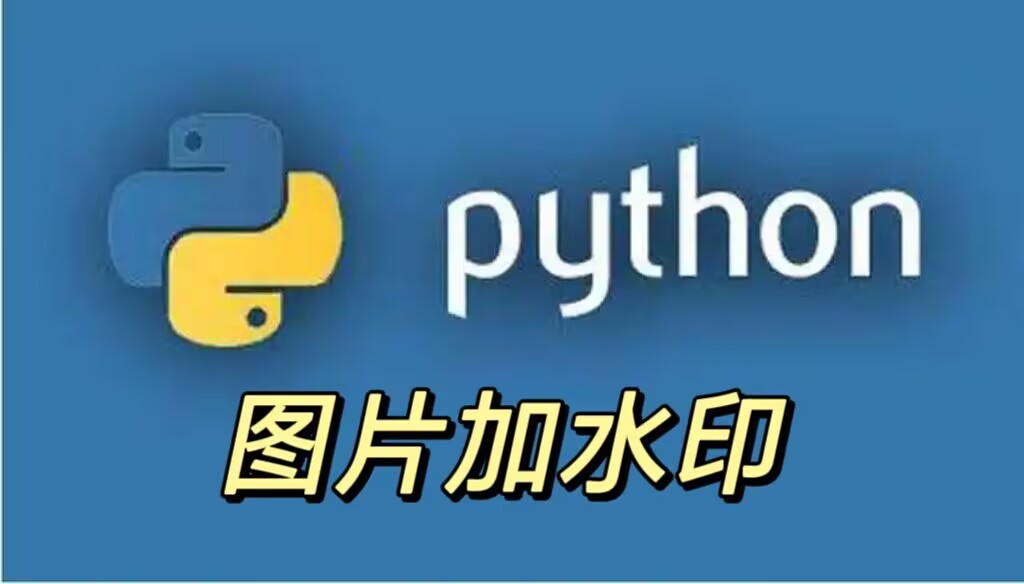四则运算符
1
2
3
4
5
6
7
8
9
10
11
12
13
14
15
16
17
18
19
20
| class Person {
public:
Person() {};
Person(int a, int b)
{
this->m_A = a;
this->m_B = b;
}
Person operator+(const Person& p) {
Person temp;
temp.m_A = this->m_A + p.m_A;
temp.m_B = this->m_B + p.m_B;
return temp;
}
private:
int m_A;
int m_B;
};
|
1
2
3
4
5
6
7
8
9
|
Person operator+(const Person& p1, const Person& p2) {
Person temp(0, 0);
temp.m_A = p1.m_A + p2.m_A;
temp.m_B = p1.m_B + p2.m_B;
return temp;
}
Person p = p1 + p2;
|
1
2
3
4
5
6
7
8
9
10
|
Person operator+(const Person& p2, int val)
{
Person temp;
temp.m_A = p2.m_A + val;
temp.m_B = p2.m_B + val;
return temp;
}
Person p = p1 + 10;
|
本质调用
1
2
3
4
|
Person p = p1.operator+(p2);
Person p = operator+(p1, p2);
|
其他运算符和 + 类似,只是注意精度别爆 int 以及除法特判除数为 0 情况
左移运算符
1
2
3
4
5
6
7
8
9
10
11
12
13
14
15
16
17
18
19
20
21
22
23
24
25
26
27
28
29
| class Person {
friend ostream& operator<<(ostream& out, Person& p);
public:
Person(){}
Person(int a, int b)
{
this->m_A = a;
this->m_B = b;
}
private:
int m_A;
int m_B;
};
ostream& operator<<(ostream& cout, Person& p) {
cout << "a:" << p.m_A << " b:" << p.m_B;
return out;
}
|
1
2
3
4
5
6
7
|
ostream& operator<<(ostream& out, Person& p) {
out << "a:" << p.m_A << " b:" << p.m_B;
return out;
}
cout << p;
|
- 注意传参和返回值都需要引用的存在
- 因为标准输出流对象只能有一个,所以不能创建副本,返回值自然也不能传值
- 返回值传引用是因为
- 调用过程是:执行
cout << p ,左移运算符做了重载,传入 cout 和 p
- 然后执行函数体,就实现了重载,这里相当于是
ostream& out = cout
为了实现链式编程,返回值为 ostream& ,这样之后就可以 cout << p << endl
递增运算符
1
2
3
4
5
6
7
8
9
10
11
12
13
14
15
16
17
18
19
20
21
22
23
24
25
26
27
28
29
30
31
32
33
34
35
36
37
38
| class MyInteger {
friend ostream& operator<<(ostream& out, MyInteger myint);
public:
MyInteger() {
m_Num = 0;
}
MyInteger& operator++() {
m_Num++;
return *this;
}
MyInteger operator++(int) {
MyInteger temp = *this;
m_Num++;
return temp;
}
private:
int m_Num;
};
ostream& operator<<(ostream& out, MyInteger myint) {
out << myint.m_Num;
return out;
}
MyInter a;
cout << ++(++a);
cout << a++;
|
- 前置加加返回引用是因为存在
++(++a) 这种情况,我们要实现这种,就需要返回引用
- 因为不返回引用,第一次
++a 后是创建的一个副本即新对象作为 ++a 的结果,那么此时再执行 ++a 虽然能够使 ++(++a) 得到正确的结果,但是 a 却不是,因为第二次的加加不是在 a 基础上的加,是一个新的副本
- 值返回不能是因为不能返回局部引用,第二种方式会构造局部引用
赋值运算符
1
2
3
4
5
6
7
8
9
10
11
12
13
14
15
16
17
18
19
20
21
22
23
24
25
26
27
28
29
30
31
32
33
34
35
36
37
38
39
| class Person {
public:
Person() : m_age(nullptr){}
Person(int age) {
m_Age = new int(age);
}
Person& operator=(const Person &p)
{
if (m_Age != NULL) {
delete m_Age;
m_Age = NULL;
}
m_Age = new int(*p.m_Age);
return *this;
}
~Person()
{
if (m_Age != NULL) {
delete m_Age;
m_Age = NULL;
}
}
private:
int *m_Age;
};
Person p1(10);
Person p2, p3;
p3 = p2 = p1;
|
- 注意实例化对象不初始化,需要在默认构造函数里指针指向空,不然是野指针,随意指向一块空间,此时进入拷贝构造函数,就会释放非法内存,导致崩溃
- 这是应对指针的拷贝构造函数,默认拷贝构造会造成释放同一块内存区域的问题,导致出错
- 对于这种类型的传引用,使用
const 修饰会更好,防止意外修改
关系运算符
1
2
3
4
5
6
7
8
9
10
11
12
13
14
15
16
17
18
19
20
21
22
23
24
25
26
| class Person {
public:
Person(string name, int age)
{
this->m_Name = name;
this->m_Age = age;
};
bool operator==(const Person & p)
{
if (this->m_Name == p.m_Name && this->m_Age == p.m_Age) {
return true;
}
else {
return false;
}
}
string m_Name;
int m_Age;
};
Person a("孙悟空", 18);
Person b("孙悟空", 18);
if(a == b)
else if(a != b)
|
函数调用运算符 ( )
1
2
3
4
5
6
7
8
9
10
| class MyPrint {
public:
void operator()(string text) {
cout << text << endl;
}
};
MyPrint myFunc;
myFunc("hello world");
|
1
2
3
4
5
6
7
8
9
10
| class MyAdd {
public:
int operator()(int v1, int v2) {
return v1 + v2;
}
};
MyAdd add;
int ret = add(10, 10);
|


xingzhu
keep trying!keep doing!believe in yourself!
本博客所有文章除特别声明外,均采用 CC BY-NC-SA 4.0 许可协议。转载请注明来自 星竹! 









